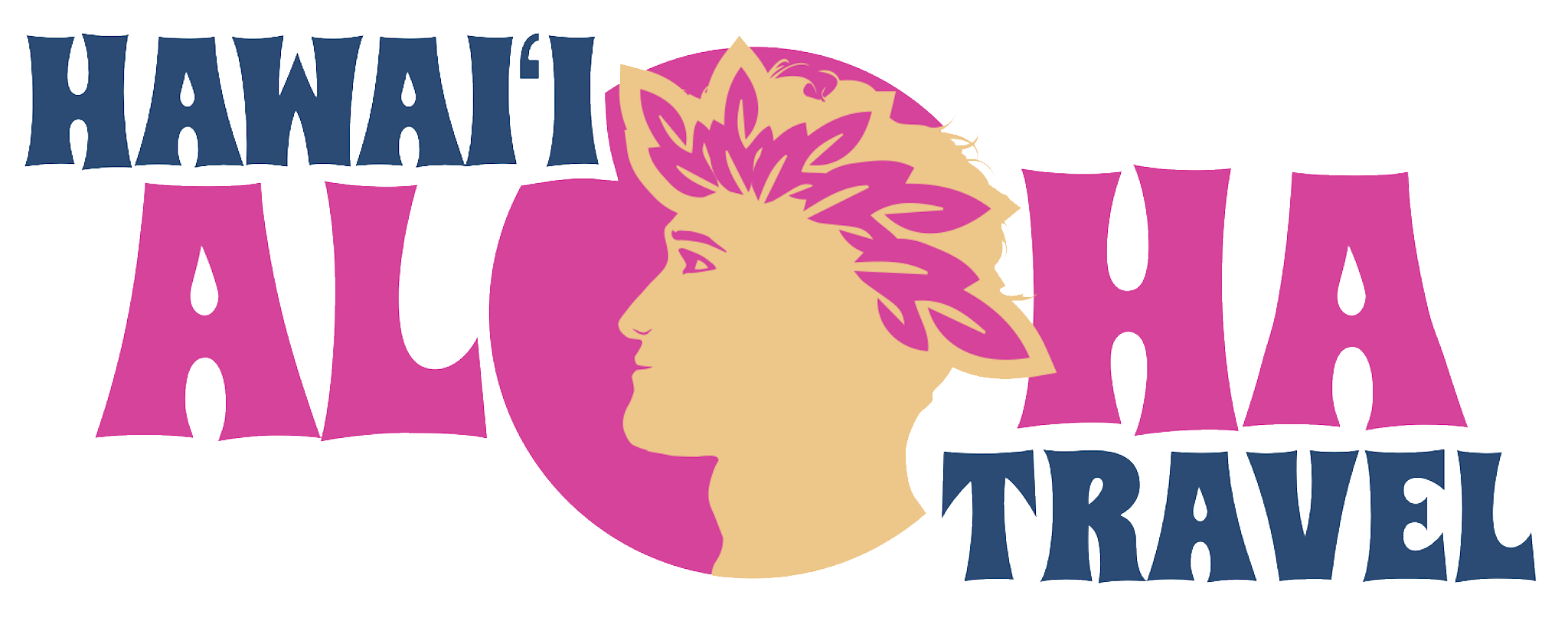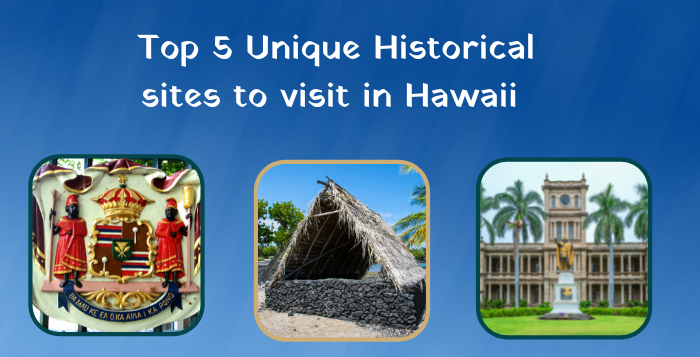Aloha Bruce is talking about some notable Hawaii historical sites on this episode of the Hawaii Vacation Podcast, sights that might miss some Hawaii visitors’ Hawaii vacation planning radar.
First, Bruce talks about the latest news in Hawaii tourism and travel. Bruce notes that Covid testing and vaccine requirements are no longer required in Hawaii (or anywhere in the US). Bruce mentions important concerns about high case numbers in Hawaii and instances of Hawaii visitors contracting Covid during their vacation. He describes CDC suggestions for people who test positive for Covid.
Bruce also discusses public/private beach access and offers some interesting points about commercial activities and access at Waikiki and other beaches. Next up is a new lawsuit challenging new Oahu vacation rental restrictions and property owners seeking to get “grand-fathered” into the law to be allowed to continue operating. Bruce moves on to reef-friendly sunscreens, and rules to ban harmful products on the Neighbor Islands.
Hawaii vacation bookings are maxed-out, Bruce says, mentioning that booking airfare and accommodations early has paid off for HAT clients who booked in 2021 and are now enjoying hassle-free Hawaii vacations.
The main topic of Hawaii historical sights is next, with Bruce mentioning the Malama Hawaii campaign which promotes cultural and environmental awareness in Hawaii’s visitors. He describes the Pu’u Mahuka Heiau (sacred temple) on Oahu’s North Shore. It’s believed to have been built in the 1600s and is the largest heiau on Oahu. Washington Place in Downtown Honolulu is noted as the home of Queen Lili’uokalani, who was deposed in 1893. Nearby Iolani Palace is the only royal palace in the United States. Bruce also mentions the Bishop Museum, which is full of Hawaii’s cultural history.
On the Big Island, Bruce suggests visiting the Pu’uloa Petroglyphs, a collection of more than 23,000 carvings and markings that date back many centuries. Kahua Ranch, in Waimea/Kamuela, is up next, with Bruce talking about the history of horsemanship, ranching, and Hawaii’s paniolo (cowboys). Kahua Ranch was important to the growth of that industry on the Big Island.
Maui’s Lahaina Historical trail is noted, with Bruce mentioning that Lahaina was Hawaii’s first capitol. He recalls a recent visit with Yaling that included Lahaina’s whaling, fishing, and sugar plantation history. There are many relatively unknown Hawaii historical sites among the Hawaiian Islands.
Bruce also gives a proper shout-out to podcast listeners and Facebook community members who have reached out in recent weeks. Mahalo!
We podcast about Hawaii because we love Hawaii.

